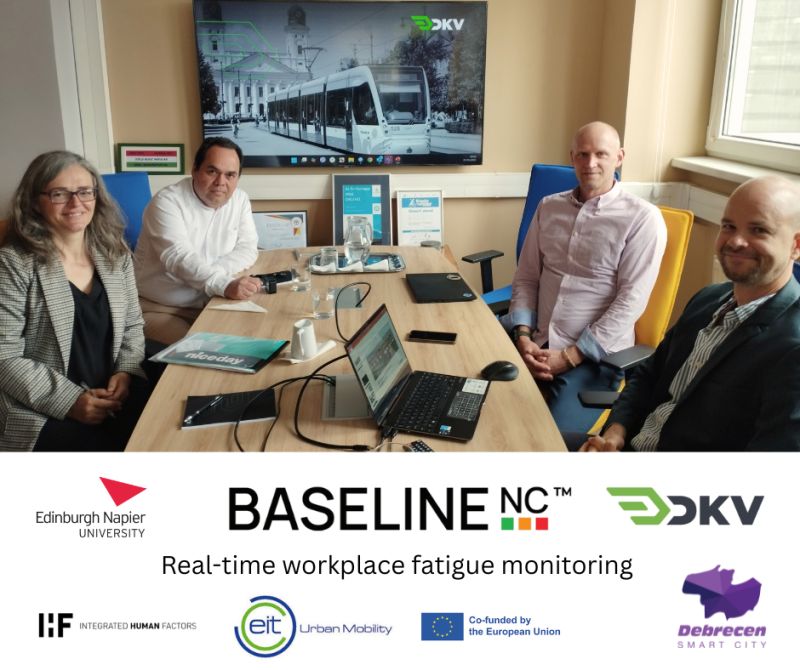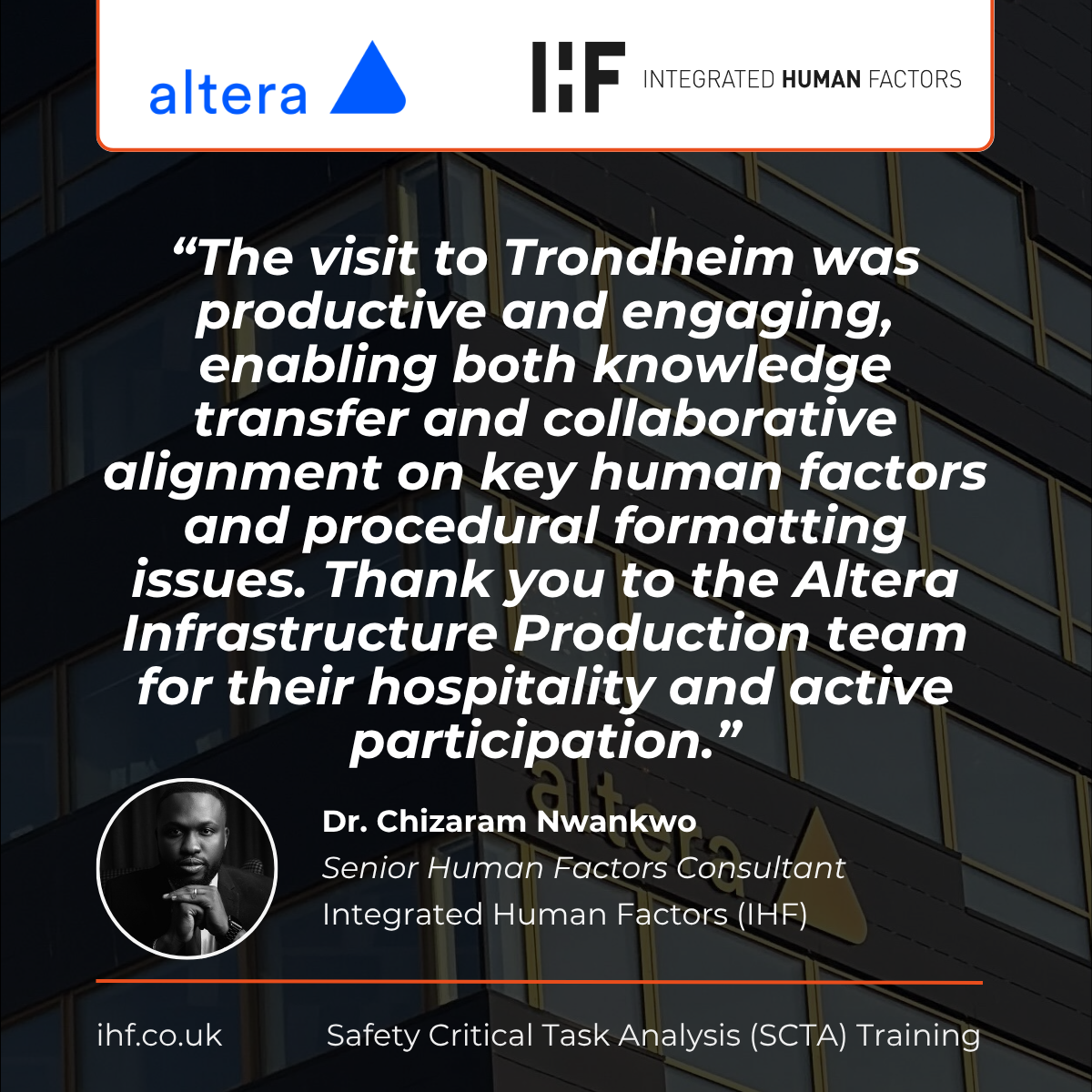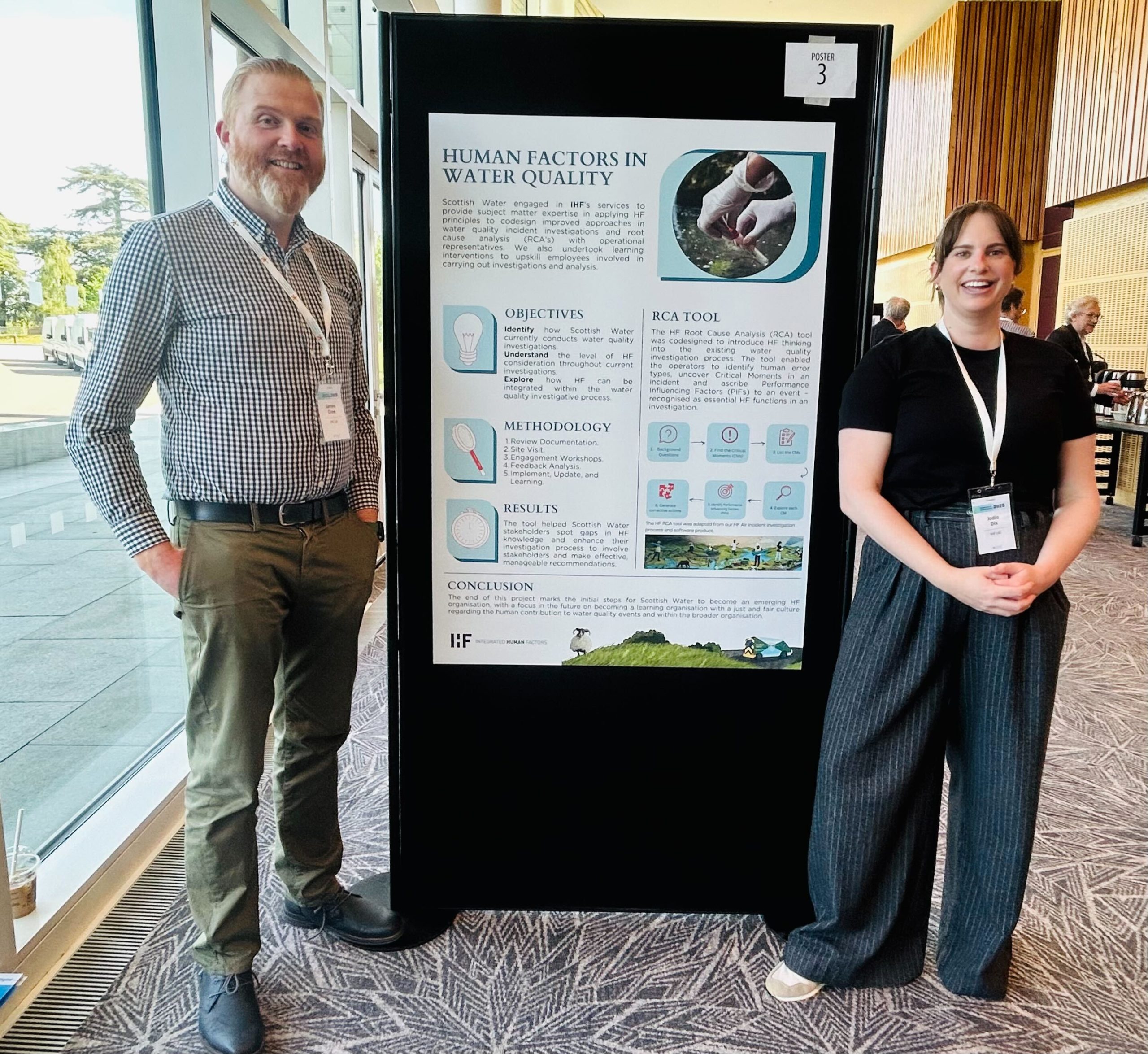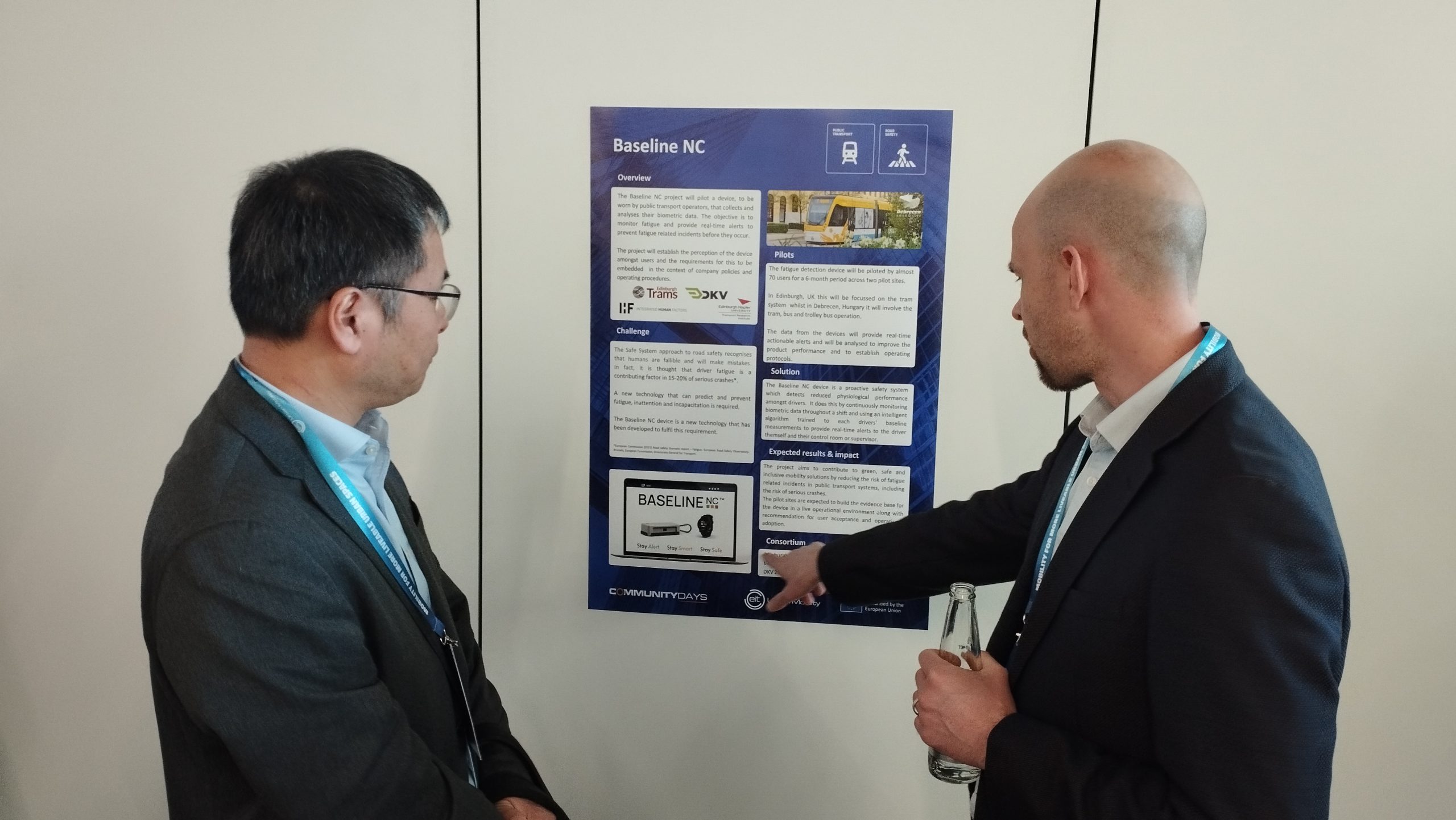The ‘Dirty Dozen’ refers to a list of 12 causes that influence human error. The phrase originated from Gordon Dupont who worked as an accident investigator with Transport Canada and noticed that many of the accident reports he submitted had the same human errors in common.
At IHF we often recognise these factors as issues observed on a day-to-day basis in many high-risk work environments.
Human error is frequently identified as the reason for many accidents, incidents and near misses. They occur at both large and small scale, varying in consequences. We all frequently make errors in our everyday lives, such as realising you’ve forgotten to boil the kettle as you go to pour a cup of tea or taking a wrong turn on the road.
For high-risk operations, especially where error can come at the cost of life, human error must be considered when developing operations and procedures or designing systems.
Fail safe and safety nets can be quickly found in many parts of industry to prevent human error. To make these effective, it’s important to understand exactly what human error is. Or crucially – what causes it.
The 12 most common preconditions for human error.
- Lack of communication. This can be caused by language barriers, lack of knowledge on a topic, giving over too much information that can’t be memorised. Even seemingly inconsequential issues such as an email being missed as it went to junk mail can have big impacts. Ask yourself: Does the person you are working with think the exact same way you do? Do they have the same level of understanding? Are they going to complete a task exactly the way you envision it? Where could they deviate? Are they receiving the message the best way?
- Complacency. Overconfidence or a mistaken belief can lead to complacency. By doing repeated tasks on a regular basis without finding any issues can lead to a misconception that a task is not important. To mitigate against this a process targeted training can help in order to change peoples perceptions.
- Lack of knowledge. We can define lack of knowledge when there has been a deficiency in training, lack of information impacting the ability to perform successfully. When there is a lack of knowledge consulting an experienced colleague or getting a second informative opinion can often help. To prevent lack of knowledge becoming an ongoing issue training can often help close the knowledge gaps.
- Distraction. A distraction is something that prevents you from completing the task you originally set out to do. An example could be a phone call while working. Distraction can be avoided by ensuring tasks are signed off and completed before assisting or responding to others. Using checklists is often the best way to ensure all steps have been completed and when a task is incomplete it can remain flagged.
- Lack of teamwork. When there is a failure of a team to work towards a common or shared goal then safety can be compromised. Everyone needs to be on the the same page with a shared mental model. Organisations can mitigate against this by pointing out the safety consequences of working as a team.
- Fatigue. Fatigue can be mental or physical and can be caused by a variety of factors. Badly designed shift-working arrangements and long working hours that do not balance the demands of work with time for rest and recovery can result in fatigue, accidents, injuries, and overall ill health. As fatigue has been the root cause of major accidents eg Chernobyl, Clapham Junction, Challenger and Exxon Valdez then it needs managed, like any other hazard.
- Lack of resources. Lack of resources can include several factors such as not having enough people available, lack of equipment, not having the required documentation, lack of time etc. Planning is often the key in preventing this becoming an issue or having a way to tap into additional resources when required.
- Pressure. Working in an environment with constant pressure can result in corners being cut. But finishing the job safely should always override the need to meet a deadline. Communicating that you need more time or setting realistic goals can ensure that pressure is reduced.
- Lack of assertiveness. We can sometimes not have the confidence to speak up when we see something go wrong. Lack of assertiveness can result in people not expressing their beliefs. In the workplace more junior workers may not speak up against an older or more senior colleague who is cutting corners. Refusing to compromise on standards can help as can training which can teach people to express their opinions in an objective not personal way.
- Stress. Are you still upset or angry over the fight you had with your loved one last night or are those deadlines approaching faster than you calculated? When someone is stressed there can be physical, chemical, and emotional changes. Ensuring there is a meaningful employee wellbeing solution with an action plan to combat stress can help combat employees from becoming over stressed. Encouraging the workforce to take 5-minute breaks or time out from tasks can help mitigate against stress.
- Lack of awareness. If someone fails to recognise a situation for what it is, has a lack of understanding and fails to predict the consequences then there is often a lack of awareness. Too much focus on one aspect of a task can lead to other risks not being recognised. Ensuring that there are no conflicts with other risks may help as can rehearsing the management of unexpected events. An employee can get in the right mindset by asking “what if” questions of their actions.
- Norms. This term comes from normalisation. It’s the way things are done outside of what’s expected and can be both good and bad. Example of a (bad) norm: speeding. Ask yourself: Do you know exactly why we do (or don’t do) something? Have you thought about the consequences? Have you picked up a behaviour or habit from your colleagues that wasn’t in training or deviates from official procedures?
The dirty dozen is not a catch all which covers all the human factors that can influence behaviour.
If you are looking to improve your human factors risk assessments, then our secure cloud-based solutions can help. Book a demo
IHF’s training ‘spotlights’ these issues, enhancing awareness to improve safer working conditions. If you are interested in our human factors training solutions, please make an enquiry. Enquire about training options.










